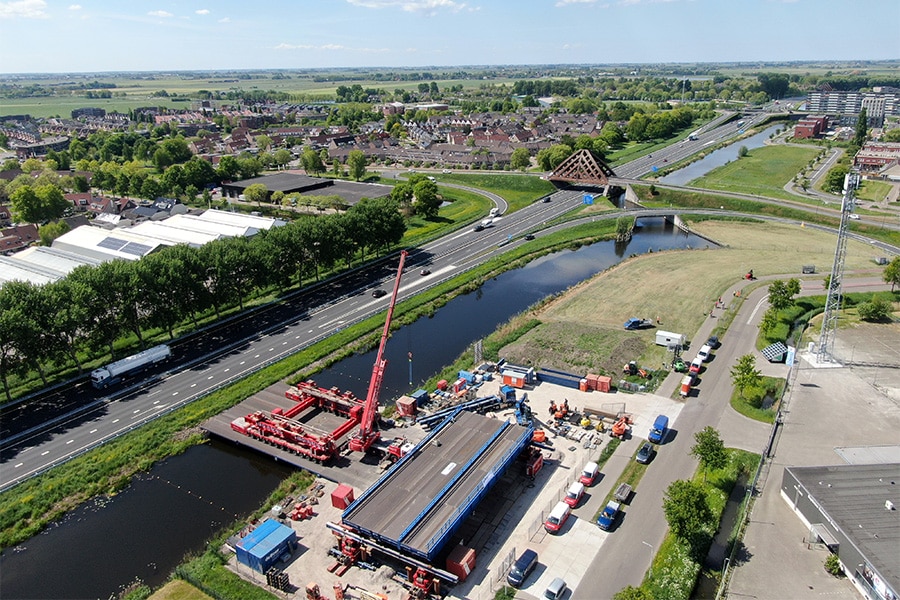
Ventilation and smoke control in tunnels
For more than seventy years, NOVENCO Building & Industry has been producing tunnel fans for normal ventilation and smoke control during fires in road and rail tunnels. Since the late 1970s, the ventilation specialist has also been active on the Dutch market and has since supplied a large proportion of Dutch tunnels with so-called thrust fans. Incidentally, the Netherlands is a 'special' tunnel country with generally a different profile. NOVENCO has also found a solution for this.
"The thrust fans on the ceiling of a tunnel are indispensable," begins Jos Wissink, Business Development Manager at NOVENCO. "On the one hand, they provide the necessary ventilation under normal conditions (including when the tunnel is congested), where, according to the thrust principle, air is transported longitudinally through the tunnel and the tunnel acts as a large channel. On the other hand, in the event of an emergency in the tunnel, such as a fire, the smoke is blown downstream so that people can safely escape from the tunnel. The thrust principle means that installation costs can be kept low and efficient use is made of the available space in the tunnel tube."
Space-saving tunnel fans
The Netherlands has relatively many underwater and land tunnels with a rectangular profile. "An essentially different profile than the mountain tunnels in most European countries with a horseshoe profile," Wissink emphasizes. "A rectangular profile also means that there is less space for tunnel technical installations. Especially for this type of tunnel, NOVENCO has developed a special series of space-saving rectangular tunnel fans with a minimum installation height. As much as 20 centimeters in height is thus saved. "We are often involved in a tunnel project at an early stage to make the tunnel ventilation calculations, so that the impact of the installation on the tunnel design is quickly clear. We also look at the probalility of the interplay of factors. Think of the expected emissions under normal conditions or the size and position during a fire, but also external influences such as wind direction, wind force, and so on. Sometimes as many as 200,000 calculations are performed with all kinds of variables to determine the right types of fans and minimize the chances of failure of the ventilation concept."




